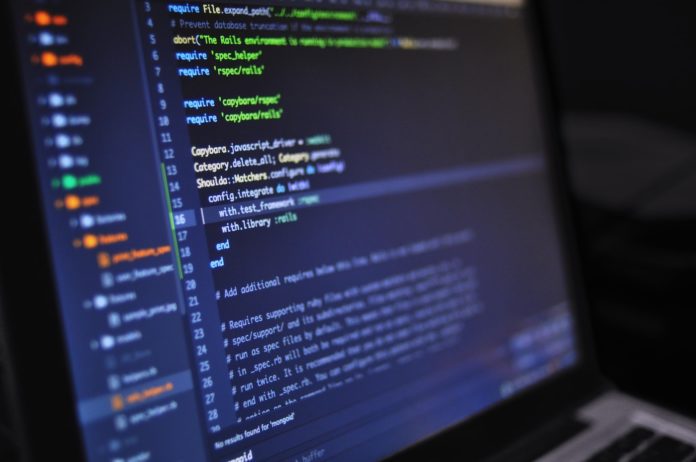As technologies advance, it often takes a while for people to implement them effectively. Take computer modeling, for instance, yes you can use it to forecast outages, and I have little doubt there were efforts to do precisely that.
We are unlikely to see those reports now because smart analysts have learned that a fast way to career death is to use those reports in a way that will showcase incompetence with superiors who didn’t take them seriously.
But we have come a long way with computer modeling over the years. We can now move those models into computer-generated graphics that can more viscerally showcase a potential disaster. This more visceral approach, because it makes the forecasted disaster appear more accurate, can be more effective in getting funding to prevent the problem before it occurs than just a text report.
Products like Blackberry AtHoc can be instrumental in mitigating the collateral damage to plant sites, employee homes, and lives, but only if they are implemented before the disaster. Like insurance, it does little good to try to implement them during or after a disaster because, by then, it is past time when they could have been most beneficial. And, after the fact, they may only be able to share what should have been done because most of the damage has already occurred.
Blame Doesn’t Fix Problems
There are two ways managers typically deal with significant problems. They can take responsibility for the fix and put all their effort into correcting the problem, risking being blamed for that problem. Or dodge the problem, finding someone else to blame.
While I tend to prefer the first path personally – because it will most often more quickly result in a fix – neither path is ideal. The best path is to anticipate the problem before it occurs and already have a plan to mitigate it.
Computer simulations have been used for years to help with the third path, but, like insurance sales techniques, they often don’t work if the problem appears unlikely based on the decision-makers experience.
We also have a significant problem when it comes to preparing for weather issues resulting from climate change. There are significant efforts to deny that these problems will ever occur. If they do, they aren’t something we can mitigate because decision-makers have concluded that climate change isn’t real, so the related disaster is even more unlikely (or so they say).
Add to this that decision-makers often don’t take the time to read reports, particularly those based on the premise that they also don’t believe and have a severe problem. We see that problem play out in Texas this week.
Making A Future Problem Real
Our ability to visually potential model events has increased massively over the last two decades. People are using the same tools to create inexpensive CGI movies that can model a disaster and make that future disaster appear real.
You could even take the actual images from the Texas disaster and use them to create virtual events for other States that may be next in terms of these severe weather events.
You could then showcase how different building methods like 3D printed building could create shelters rapidly and replacement homes that are more able to survive future weather events. 3D printed houses go up in 1/8th the time, cost 1/7th as much, and can be built to survive events like this one.
For instance, here is a visual model for a possible ring of fire earthquake event that os used to model how past earthquakes can predict future earthquakes back in 2017. It is certainly concerning, but this video simulation of what will happen to the San Francisco Seawall is far more visceral and more likely to drive corrective action – it was done in 2019.
IHEARTMidia, to increase awareness and enhance Earthquake Awareness, created this VR simulation of what might happen, putting you inside the event to promote earthquake insurance. The Weather Channel has been using simulations to help people understand how to deal with weather events like tornados.
These tools exist; they are in use, but the Texas event showcases they aren’t being used enough to drive funding to prevent disasters. If you mitigate a disaster, you can take credit for the mitigation rather than finding ways to blame someone else.
Using Technology To Make The World A Safer Place
Like Insurance, knowing what you should have done after a disaster isn’t particularly helpful beyond preparing for the next one. And, I’ll bet, the more time goes on after this Texas disaster, the less interest there will be in mitigating the next one.
Modeling and simulation technology can be used to keep politicians and bureaucrats focused on mitigating the next disaster before it occurs, and given Texas wants to be a leader in technology, so applying it effectively to protect the State is a good idea.
One of the ways Big Data can be used is to predict future events more effectively. Then, modeling and simulation can make those predictions drive funding to protect the State so that the next major weather event doesn’t do as much harm. Texas companies like Dell and AMD have the technology and likely the willingness to help. They have to be asked.
We can do more than worry about our friends in Texas; we can assure the State is prepared for so this never happens again.



